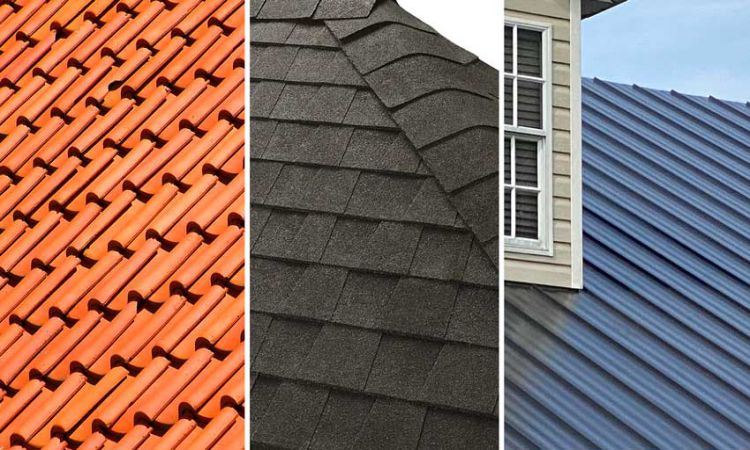 Do you know the difference between shingles, metal, and tile roofing materials? If not, don’t worry! This blog post will explain the differences to make an informed decision when it comes time to replace your roof. Roofing Mandeville LA materials are an essential part of your home’s appearance and functionality, so be sure to choose the right type for your needs. Let’s get started!
Do you know the difference between shingles, metal, and tile roofing materials? If not, don’t worry! This blog post will explain the differences to make an informed decision when it comes time to replace your roof. Roofing Mandeville LA materials are an essential part of your home’s appearance and functionality, so be sure to choose the right type for your needs. Let’s get started!
1. Shingles
Shingles are usually the roofing material of choice for most homeowners because they’re affordable and easy to install. A shingle roof can last anywhere from 10-30 years, depending on the quality and type of roof you choose.
Pros:
- Affordable Cost
- Ease of installation
- Breathability (allows the roof to “breathe,” preventing damage due to moisture)
- flexibility in design (ability to lay in multiple directions)
Cons:
- Low insulation value (can mean that your home will be more expensive to heat in the winter and cooler in the summer)
- roofing material is difficult to replace
- roofing material can easily absorb heat, making it much hotter when walking on a shingle roof
2. Metal Roofs
Metal roofing is very common because it’s low maintenance and will last for 20+ years. However, keep in mind that your home will often lose value when installing a metal roof since they’re generally costly and more difficult to replace than many other roof types.
Pros:
- Durable
- Protection from fire, wind damage, and rust
- Low maintenance requirements/effort required on homeowner’s part
- Will not rot (due to no exposure to moisture); roofing material is not watertight.
Cons:
- the roofing material will rust and become nonstructural over time
- roofing material can be noisier when it rains
- roofing material is more difficult to replace than many other roof types
- roof materials are often costly
3. Tile Roofing
Tile roofing materials consist of thin roofing material made from clay or cement known for their durability and long life spans.
Pros:
- roofing material is very reliable
- roof materials are resistant to fire, wind damage, storms, and pests
- the roofing material will not rot due to no exposure to moisture/water
Cons:
- roofing material is not waterproof
- roofing material is more difficult to fix if damaged
- roofing materials can be costly depending on installation
Regardless of which roofing material you decide on, it is best to have a roof installed by professionals. Not only do they know how to handle the materials safely, but they will also be able to install them quickly and efficiently, resulting in lower costs for labor. They will base their roofing prices on the duration of work since roof installation varies depending on the roof type and difficulty level of roof construction. A more expensive roofing material does not always mean higher roofing cost; many factors can affect this, such as the time required to install, the durability of the roof, and the number of people needed during crew assembly.
Check with your local building codes to determine which roofing material is best for your home’s need and roofing project. You can then contact a roofing contractor or roofer for roof installation and roof repairs after you have chosen the best roof material that fits your budget.
If you’re looking to save money on your next home improvement project, get an estimate from several contractors before beginning work on your new roof. Roofing prices vary based on roof type, roofing material, and roof installation method.
The roof of a house primarily serves as protection from the elements such as sunlight, rain, and strong winds. It also provides insulation for the house to maintain heat during winter and coolness during the summer months. The roof should not only be functional, but it should complement the overall look of your house. So choosing the right one for your roof becomes essential. We hope this article helped you decide which one will fit your requirement and budget.











